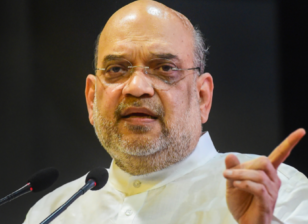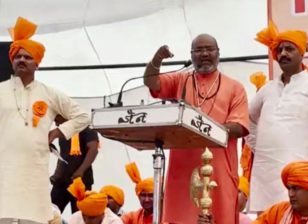Nytimes:The Ganges Is Returning the Dead. It Does Not Lie.
LUCKNOW, India — The Ganges, or Ganga, is the holiest of India’s rivers, and most Hindus believe that dipping their body in it will purify their soul. But when the second wave of the coronavirus pandemic hit this spring, the river also became Exhibit A for the Modi administration’s failures and deceptions.
The northern state of Bihar recently revised its death toll for April and May from 5,424 to 9,375. Private agencies tasked with conducting Covid-19 tests at Kumbh Mela, a Hindu religious festival in northern India that attracted millions of pilgrims in April — and that turned out to be a coronavirus superspreader event — reportedly falsified some 100,000 results.
The second wave of infections now appears to be ebbing, but the country is struggling to process the staggering toll — nearly 380,000 dead, the vast majority since just March — hobbled by the continuing obfuscation of both local and central authorities. Only, the holy Ganges does not lie.
On May 12, villagers in Buxar, a district in Bihar, found bloated and disfigured corpses floating in the river. Some 100 bodies were fished out there and in another district upstream, Ghazipur. A local senior police officer said the bodies had traveled downriver, from Uttar Pradesh, India’s most populous state.
I am the national editor of Dainik Bhaskar, a Hindi-language newspaper that sells about five and a half million copies a day across India, mostly to readers in small towns and villages. To get a clearer sense of the devastation caused by the pandemic among them, we sent 30 reporters and photojournalists to walk the banks of the Ganges in major cities and districts in Uttar Pradesh.
Our reporters counted 2,000 bodies on May 12 and 13 alone as they traveled 700 miles along the river. The bodies weren’t only floating in it: On some days, 65 or 70 were washing up on its shores. Yet by our calculations, based on official data, the state authorities claim that just 7,826 people died from Covid-19 between April 1 and May 13.
Shringverpur, a small village in southern Uttar Pradesh, is considered holy for its association with Lord Rama, a Hindu deity and the protagonist of the epic poem “Ramayana.” Our reporters saw many bodies buried just a yard apart; hundreds of saffron shrouds wrapped around the corpses were poking up from the ground. Poor villagers who couldn’t afford to buy wood to cremate their kin had sought some solace by burying them near a sacred site.




